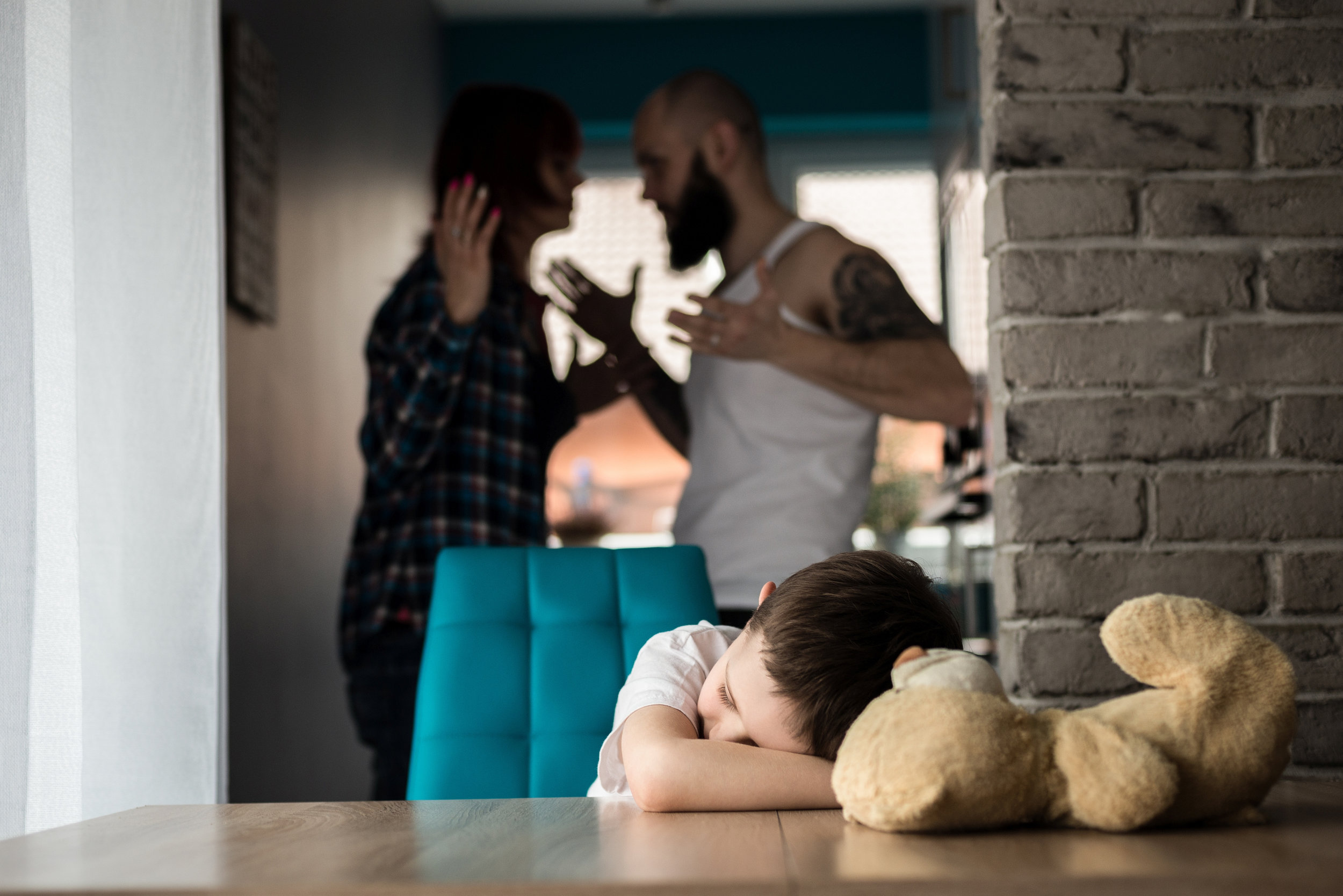Why Caring Dads?
Caring Dads exists to change current practice to better include fathers in efforts to enhance the safety and well-being of their children. Continue reading below to understand our approach to gender-based violence and child maltreatment.
Since our start in 2001, the Caring Dads intervention program has been firmly situated within the realm of gender-based violence, and, indeed, within the framework of gender equality in general. There are unquestionably very clear connections between violence against women on one hand, and children’s experience of violence, whether as victims or witnesses, on the other.
Global estimates published by the WHO indicate that one in three (35%) of women worldwide have experienced either physical and/or sexual intimate partner violence or non-partner sexual violence in their lifetime [1]. We know that young children are frequently present when this violence happens or live in households where it takes place. An alarming statistic published by the US Department of Justice indicates that 1 in 15 children are exposed to intimate partner violence every single year, and that in 90% of those cases children are eyewitnesses to this violence [2].
In Canada there are over 100,000 substantiated child maltreatment investigations every year, with over half involving fathers as perpetrators [3]. Police reports further confirm that fathers are perpetrators in the vast majority of cases of domestic violence. Of even greater concern, men clearly predominate as perpetrators of severe, injury-causing physical abuse of children and women and commit the majority of family-related homicides [4].
Yet, when one speaks about gendered violence, we're not only speaking in terms of the physical actions of women and children being hurt by men. Underlying these undeniably deplorable acts are the social factors that shape our conceptualizations of masculinity and femininity, the power relations that exist between these identities and the societal structures that create and reinforce these power relations. In India, for example, 52% of women experience violence in their own homes. While this is a horrifying statistic in it's own right, consider that over 53% of men, women, boys and girls in India believe that this is normal [5].
At the same time, Research done over the past two decades has clearly established that, when fathers are positively involved with their families, children benefit cognitively, socially, emotionally and developmentally.
Despite the importance of fathers in families, our child protection and child and family mental health service systems tend to work primarily with mothers; a trend that is exacerbated when fathers are deemed to be high risk. Ironically, this means that those fathers who most need to be monitored and helped by our intervention systems are not involved. Men’s children pay the price with higher rates of aggression, substance use, criminal involvement, suicide attempts, mental health problems and chronic health conditions.
When we put this information together, we see numerous advantages to changing practice to better include fathers in efforts to enhance the safety and well-being of their children including the potential to improve father-child relationships, offer an additional route to ending violence against women, model accountability, address fathers’ potential use of abuse in other relationships and with other children and opportunity to monitor and contain risk from fathers during follow-up from the child protection and justice systems.
The Caring Dads program was specifically designed from the premise that violence against women and violence against children are intricately intertwined, and that these two issues both can and should be addressed together. The program was developed by Katreena Scott (Ph.D. Clinical Psychology), Claire Crooks (Ph.D. Clinical Psychology), Tim Kelly (Executive Director of Changing Ways), and Karen Francis (Ph.D. Clinical Psychology), in collaboration with child protective services, batterer intervention programs, children's mental health agencies, women's advocates, centres for children and families involved in the justice system, family resource agencies and probation and parole services.
The Facts:
35%
of women worldwide experience intimate partner violence
7%
of U.S. children exposed to intimate partner violence annually
90%
of those children are eyewitnesses to the violence
100,000
child maltreatment cases investigated in Canada every year
50%
of maltreatment cases involved fathers as the perpetrators

